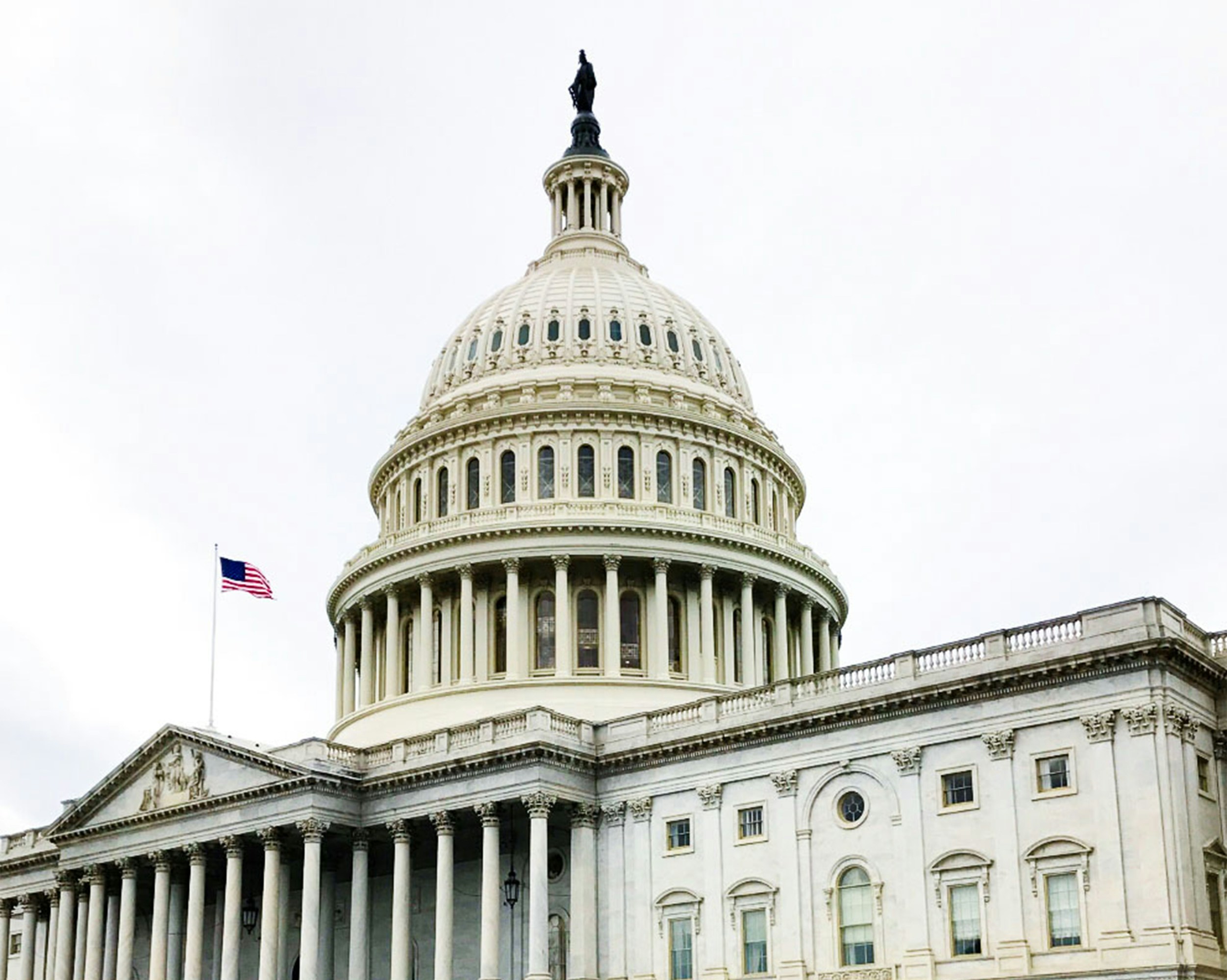
Turn Your Camera On – Live Video Review Approved for I-9 Document Review
- Breaking News
Effective August 1, 2023, the Department of Homeland Security (DHS) will allow certain employers to virtually review the documents that an employee presents for verification of identity and employment eligibility as part of the I-9 process. This is a significant benefit for employers with remote employees who need the employee to commence work prior to any in-person meeting. The alternate process also applies retroactively to qualifying employers who utilized the special pandemic process and are facing a near term deadline to update those I-9s.
Virtual Review Requirements – New Employees
The alternate process is limited to E-Verify employers and requires four steps: (1) the employer must examine copies (front and back) of Form I-9 documents to ensure that each document presented reasonably appears genuine; (2) the employer must then conduct a live video interaction (Facetime, Zoom, etc.) with the individual who presented the documents and the same documents initially reviewed in Step 1 must be reviewed during the video conference; (3) the employer should check the box on the new I-9 indicating that the alternative procedure was used for verification and/or reverification; and (4) the employer must retain a clear and legible copy (front and back) of all documents used in the alternative verification process. The employer must be prepared to present the documentation in response to any audit.
The new alternative process is entirely optional, and the existing physical examination process remains valid. In fact, the employer must allow any employee who is unable or unwilling to participate in the alternate process to conduct the verification using the traditional physical examination. Employers should note that the document retention requirement enhances what is currently required by the E-Verify process in that all documents used to establish identity and/or employment authorization must be retained subject to normal I-9 retention time requirements. Finally, the regulation is clear that the documents must be transmitted to the employer before the video conference and that the entire alternative process must be completed within three days of commencement of employment.
Virtual Updated Review Process for Pandemic Era I-9s
Additionally, during the COVID-19 pandemic, DHS temporarily relaxed an employer’s obligation to examine the original materials presented by a new employee to verify the employee’s identity and eligibility to work in the United States. DHS announced earlier this year that, on or prior to August 30, 2023, employers are required to physically inspect all original documents that had been examined remotely under the alternate pandemic process. Requiring that an employee who might well be part of a remote workforce be physically present created a logistical hardship for many employers and employees working remotely throughout the United States. In conjunction with the universal changes to the I-9 verification process set forth above, DHS has announced limited relief from this potential hardship through an alternate verification process similar to the new alternate process. The relief is only available to employers enrolled in the E-Verify program.
To qualify to use the alternate process, the employer must satisfy four requirements: (1) the employer must have performed a remote examination of the employee’s documents between March 20, 2020, and July 31, 2023; (2) the employer must have been enrolled in E-Verify at the time that the I-9 was completed for that employee; (3) the employer must have created an E-Verify case for that employee; and (4) the employer must currently be enrolled in E-Verify.
If the employer meets the four requirements, the employer can elect to use the alternative process and remotely examine the employee’s I-9 documents via a live video interaction for each employee whose documents were examined remotely under the temporary flexibilities but never physically examined in person. According to DHS guidance, the employer must conduct a virtual review of the documents via live video interaction even if the employer previously conducted a review via fax, email, or a live video interaction during the pandemic. This means that, under current guidance, the employer might be required to conduct a second live video review. As a result of the review, the employer must annotate Section 2 (or the Additional Information field or Section 3 as appropriate) of the existing I-9 noting “alternative procedure”, the date of the second remote document examination and the initials of the employee who conducted the review. The annotation should be included near the previous annotation noting that the alternate pandemic process was utilized.
Either the alternate process or the physical examination must be completed by August 30, 2023, so employers should carefully evaluate how to best complete the process within the applicable deadline.
Looking Ahead
The new alternate verification procedure is a significant logistical relief for qualifying employers. It also serves as both a reward for employers who voluntarily or involuntarily use E-Verify and an incentive for those who are not currently enrolled. Applying the alternate employment verification process to all new employees recognizes the evolving nature of the U.S. workforce and the reality, fortunate or not, that much of what was once required to be done in person can now be effectively accomplished via virtual means. Finally, the new process was announced in conjunction with the release of an updated version of the I-9 form. Although employers are required to begin using the new I-9 form on or prior to November 1, 2023, we encourage any employer using the alternate verification process to begin using the updated I-9 form as soon as possible as the new form is designed to accommodate the alternate process.
If you have any questions regarding this process or would like to discuss this further please contact Mike Thompson at 205-323-9278 or mthompson@lehrmiddlebrooks.com.





